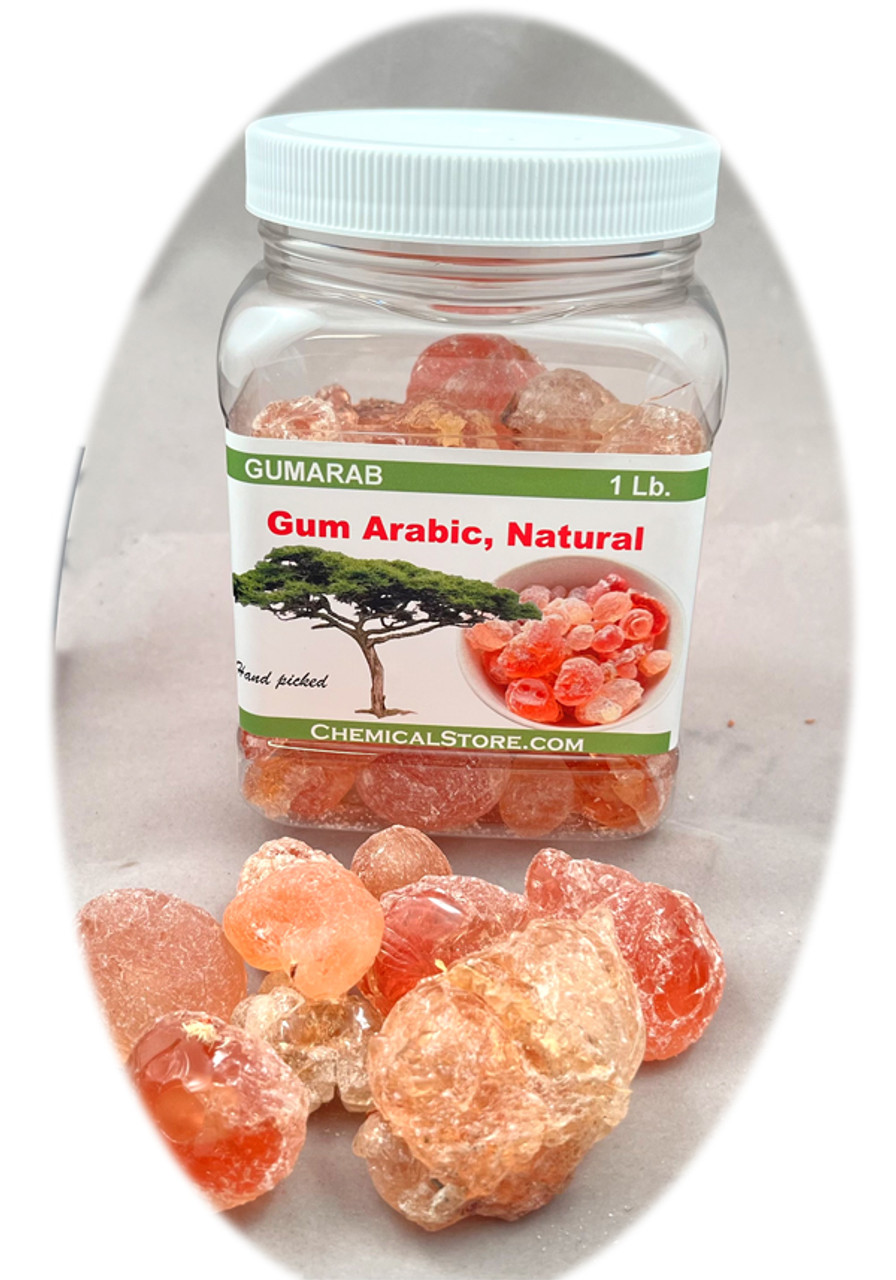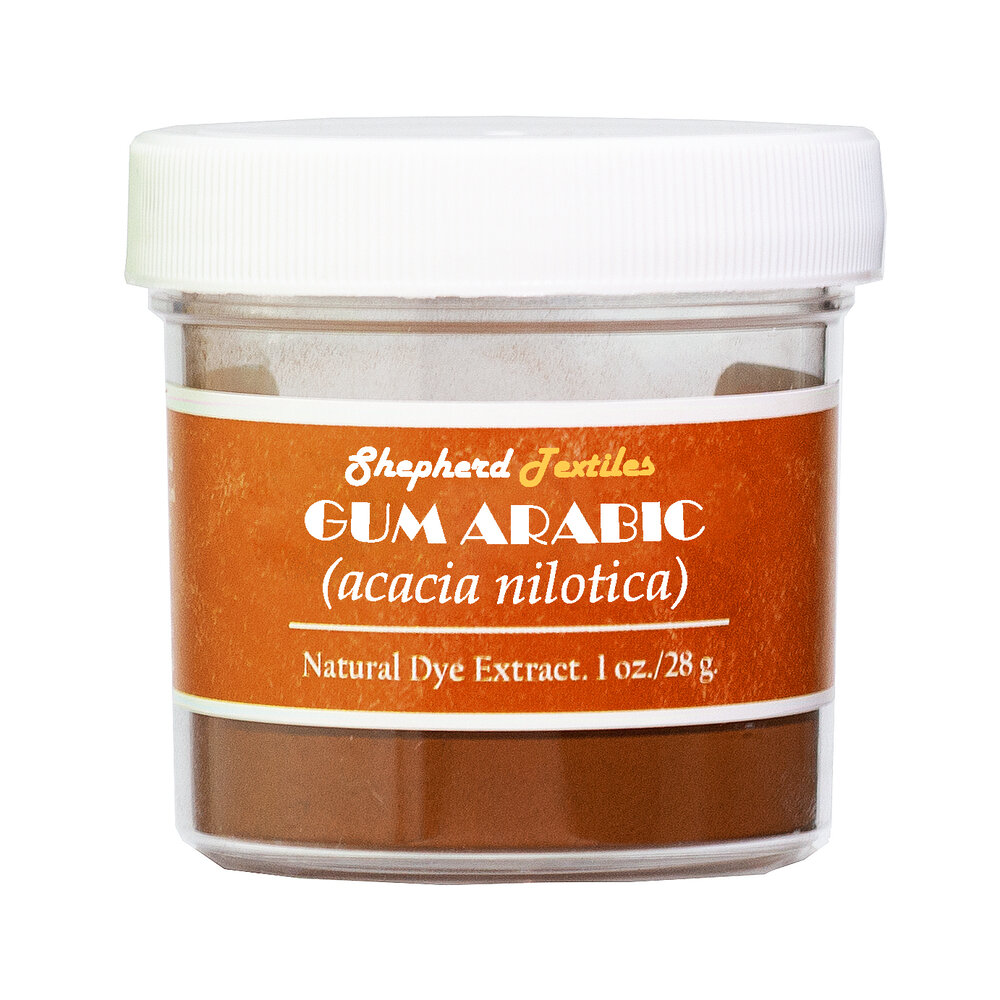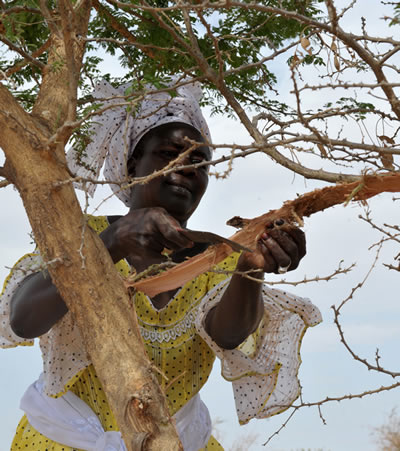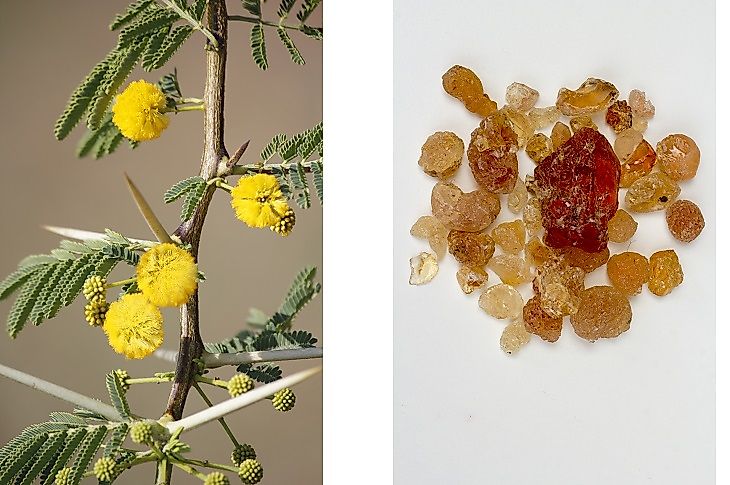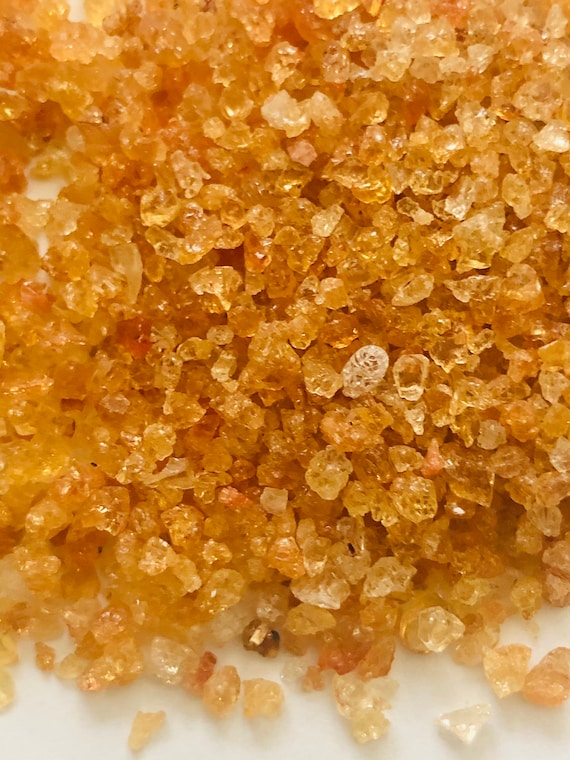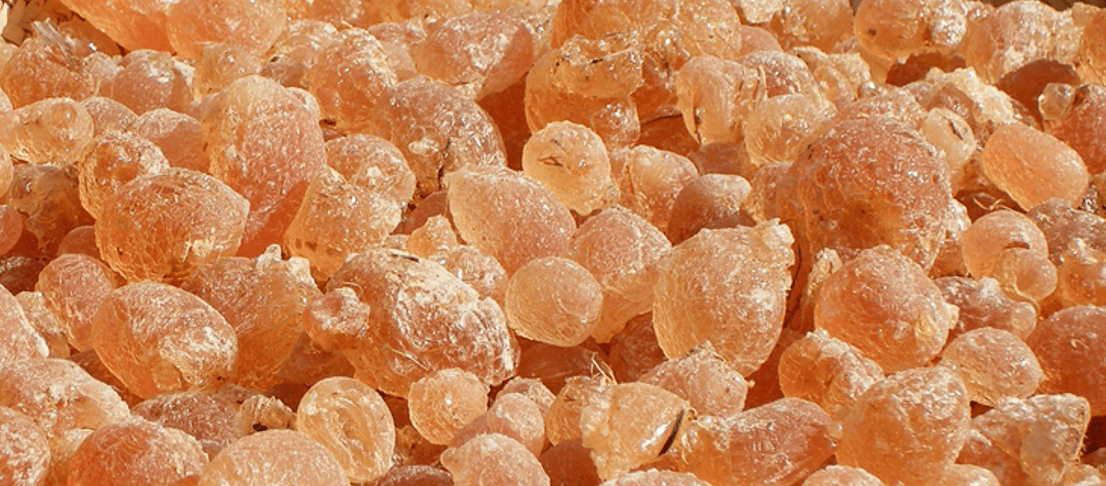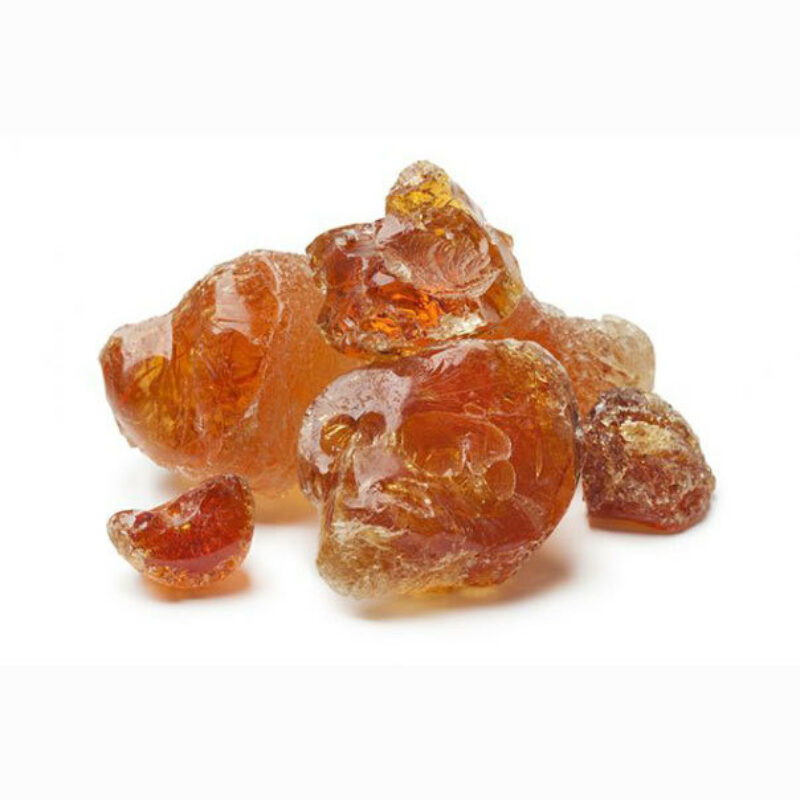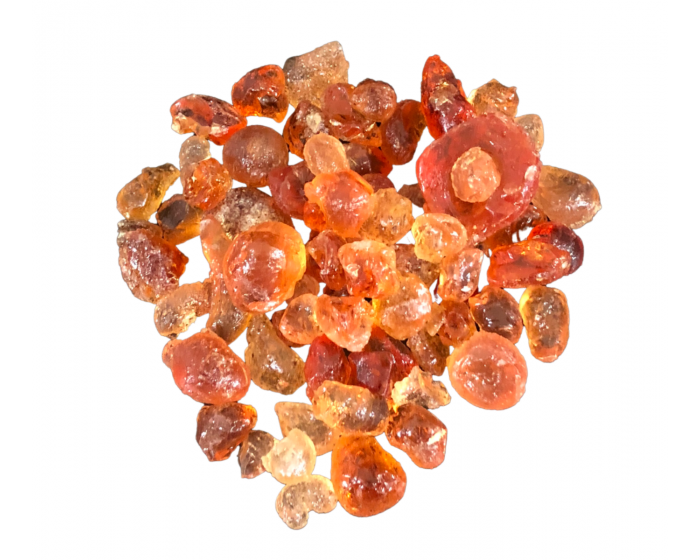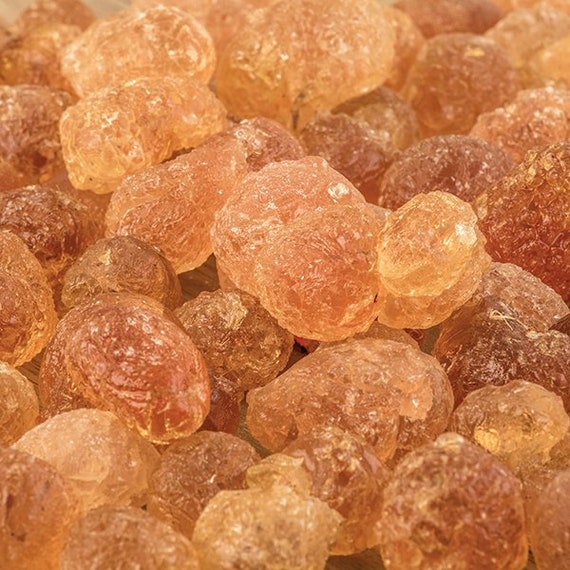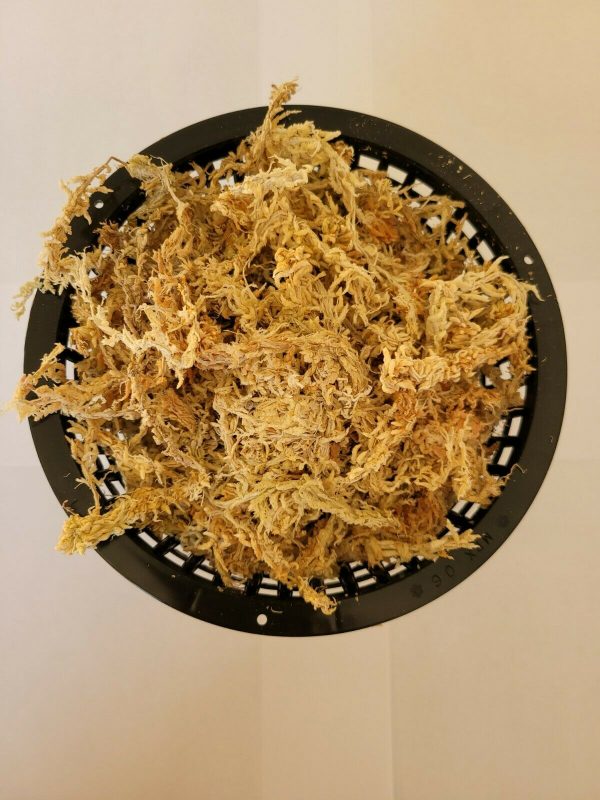Acacia arabica (Gum Arabic Tree, Babul Tree) – MySeedsCo
By A Mystery Man Writer
Last updated 17 Jul 2024
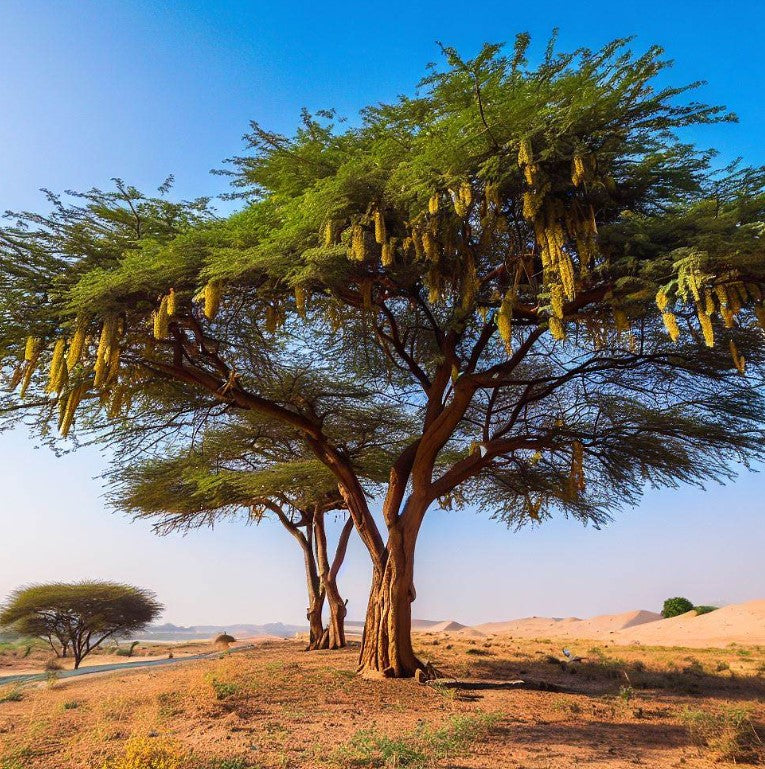
Acacia arabica (Gum Arabic Tree, Babul Tree) is a species of flowering tree in the family Fabaceae. It is native to the Indian subcontinent, including areas of India, Pakistan, and parts of Africa and the Middle East. It is a versatile and valuable tree known for its gum production, medicinal uses, and ecological importance. Its distinct appearance, fragrant flowers, and thorny nature make it a notable species within its native range. Appearance: The gum arabic tree is a small to medium-sized deciduous tree that typically grows up to 5 to 20 meters (16 to 66 feet) in height. It has a spreading and often thorny crown, with a trunk that is rough and grayish-brown in color. Leaves: The leaves of Acacia arabica are bipinnate, meaning they are divided into smaller leaflets. Each leaf consists of several pairs of pinnae (primary leaf
Acacia arabica (Gum Arabic Tree, Babul Tree) is a species of flowering tree in the family Fabaceae. It is native to the Indian subcontinent, including areas of India, Pakistan, and parts of Africa and the Middle East. It is a versatile and valuable tree known for its gum production, medicinal uses, and ecological importance. Its distinct appearance, fragrant flowers, and thorny nature make it a notable species within its native range.Appearance: The gum arabic tree is a small to medium-sized deciduous tree that typically grows up to 5 to 20 meters (16 to 66 feet) in height. It has a spreading and often thorny crown, with a trunk that is rough and grayish-brown in color.Leaves: The leaves of Acacia arabica are bipinnate, meaning they are divided into smaller leaflets. Each leaf consists of several pairs of pinnae (primary leaf branches), and each pinna has numerous small leaflets. The leaflets are small and elongated, with a grayish-green color.Flowers: The tree produces small, fragrant, creamy-yellow flowers in spherical clusters called inflorescences. These clusters are typically 2 to 5 centimeters (0.8 to 2 inches) long and appear during the spring season. The flowers are rich in nectar and attract bees and other pollinators.Fruits: After flowering, Acacia arabica develops elongated, curved pods that are dark brown in color. These pods contain several small seeds and mature during the summer months. They eventually dry out and split open to release the seeds.Gum Arabic: One of the notable characteristics of this tree is its production of gum arabic, a natural gum harvested from the tree's bark. Gum arabic is a hardened sap-like substance that is used in various industries, including food, medicine, and cosmetics. It has adhesive properties and is commonly used as a stabilizer, thickening agent, and emulsifier.Uses: The babul tree has multiple uses and is considered valuable in traditional medicine and Ayurveda. Various parts of the tree, including the bark, leaves, and gum, are used for their medicinal properties. The wood of Acacia arabica is hard and durable, making it suitable for construction, furniture, and fuelwood.Ecological Importance: The gum arabic tree is ecologically significant as it provides shade, contributes to soil fertility, and acts as a valuable source of food and habitat for wildlife. It has nitrogen-fixing properties, which means it can convert atmospheric nitrogen into a form usable by plants.
Acacia arabica (Gum Arabic Tree, Babul Tree) is a species of flowering tree in the family Fabaceae. It is native to the Indian subcontinent, including areas of India, Pakistan, and parts of Africa and the Middle East. It is a versatile and valuable tree known for its gum production, medicinal uses, and ecological importance. Its distinct appearance, fragrant flowers, and thorny nature make it a notable species within its native range.Appearance: The gum arabic tree is a small to medium-sized deciduous tree that typically grows up to 5 to 20 meters (16 to 66 feet) in height. It has a spreading and often thorny crown, with a trunk that is rough and grayish-brown in color.Leaves: The leaves of Acacia arabica are bipinnate, meaning they are divided into smaller leaflets. Each leaf consists of several pairs of pinnae (primary leaf branches), and each pinna has numerous small leaflets. The leaflets are small and elongated, with a grayish-green color.Flowers: The tree produces small, fragrant, creamy-yellow flowers in spherical clusters called inflorescences. These clusters are typically 2 to 5 centimeters (0.8 to 2 inches) long and appear during the spring season. The flowers are rich in nectar and attract bees and other pollinators.Fruits: After flowering, Acacia arabica develops elongated, curved pods that are dark brown in color. These pods contain several small seeds and mature during the summer months. They eventually dry out and split open to release the seeds.Gum Arabic: One of the notable characteristics of this tree is its production of gum arabic, a natural gum harvested from the tree's bark. Gum arabic is a hardened sap-like substance that is used in various industries, including food, medicine, and cosmetics. It has adhesive properties and is commonly used as a stabilizer, thickening agent, and emulsifier.Uses: The babul tree has multiple uses and is considered valuable in traditional medicine and Ayurveda. Various parts of the tree, including the bark, leaves, and gum, are used for their medicinal properties. The wood of Acacia arabica is hard and durable, making it suitable for construction, furniture, and fuelwood.Ecological Importance: The gum arabic tree is ecologically significant as it provides shade, contributes to soil fertility, and acts as a valuable source of food and habitat for wildlife. It has nitrogen-fixing properties, which means it can convert atmospheric nitrogen into a form usable by plants.
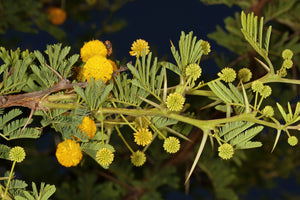
15 Gum Arabic Tree Seeds - Acacia arabica, Vachellia nilotica

Tropical Red Acacia Flower Elena Levkovskaya Flickr, 49% OFF

Acacia Arabica (Gum-Arabic tree) Seeds, Packaging Type: Packet at

Acacia confusa (Small Philippine Acacia) – MySeedsCo

Tropical Red Acacia Flower Elena Levkovskaya Flickr, 49% OFF
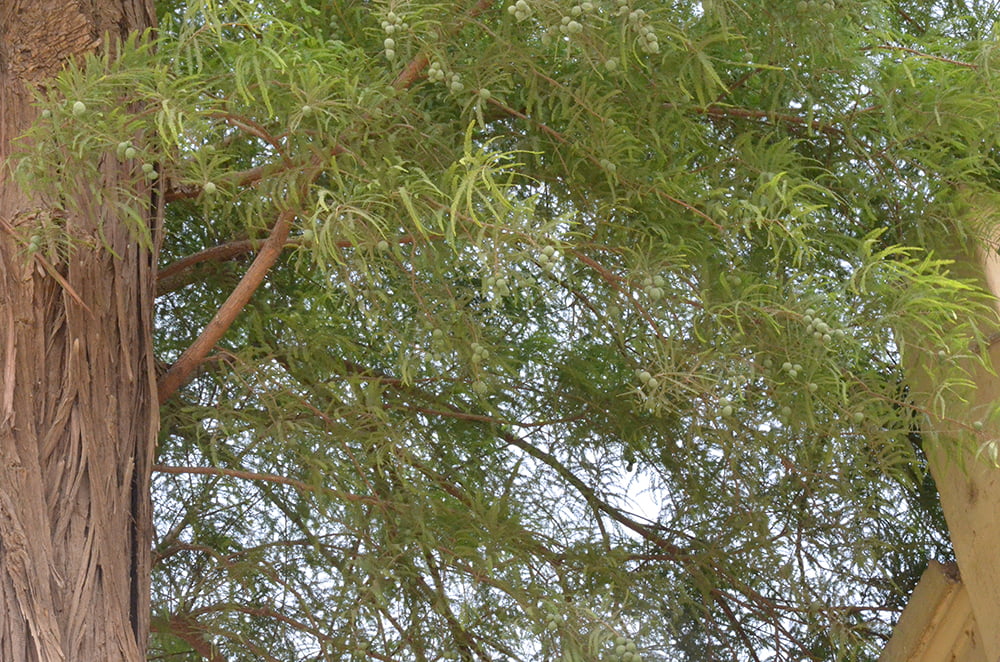
Acacia Arabica (Gum Arabic tree) - Golden Nails Landscape
is a small to medium-sized deciduous tree native to the dry regions of Sub-Saharan Africa, including countries like Sudan, Senegal, Mali, Chad,

Acacia senegal (Gum Arabic, Gum Arabic Tree)
is a shrub or small tree belonging to the Acacia genus. Appearance: This species typically grows as a small tree or shrub, reaching heights

Acacia farnesiana (Mealy Wattle, Needle Bush, Sweet Acacia)
is a fast-growing evergreen tree belonging to the family Fabaceae (Leguminosae) and is native to southeastern Australia. It features silver-gray
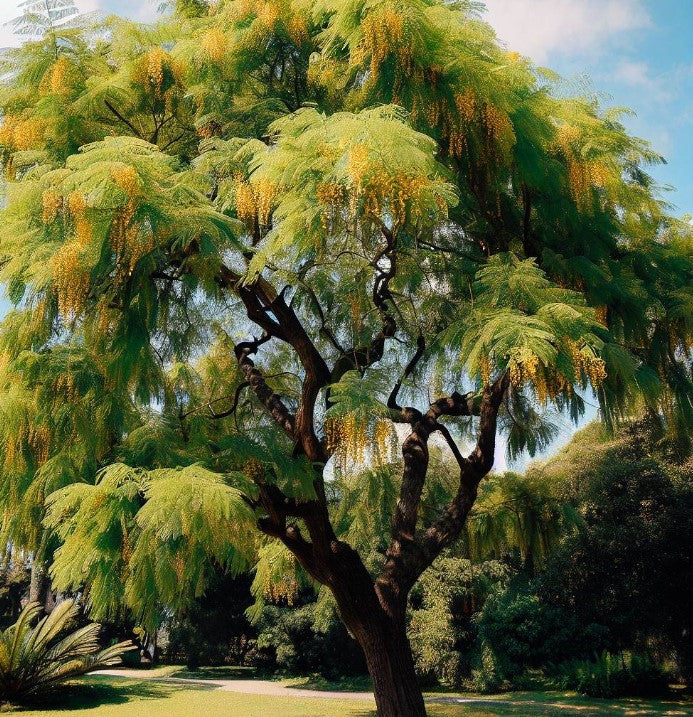
Acacia decurrens dealbata (Silver Acacia, Silver Wattle)

Acacia farnesiana (Mealy Wattle, Needle Bush, Sweet Acacia

Acacia confusa (Small Philippine Acacia) – MySeedsCo

Tropical Red Acacia Flower Elena Levkovskaya Flickr, 49% OFF
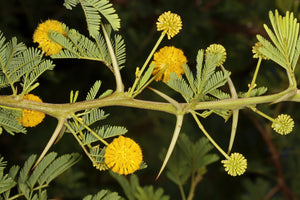
15 Gum Arabic Tree Seeds - Acacia arabica, Vachellia nilotica

Gum Arabic Plant
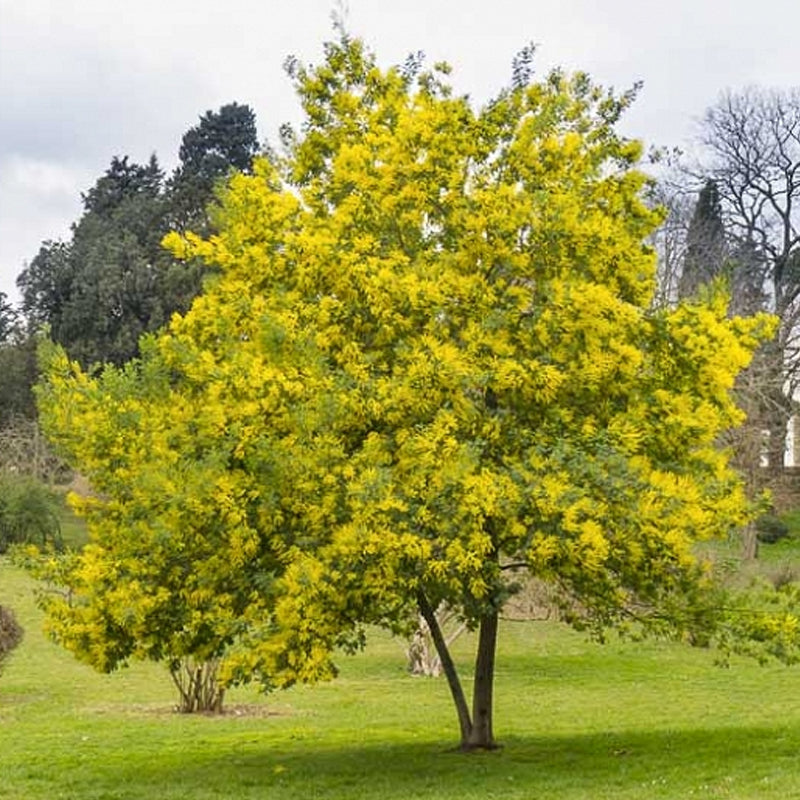
Acacia decurrens dealbata (Silver Acacia, Silver Wattle) – MySeedsCo
Recommended for you
You may also like
